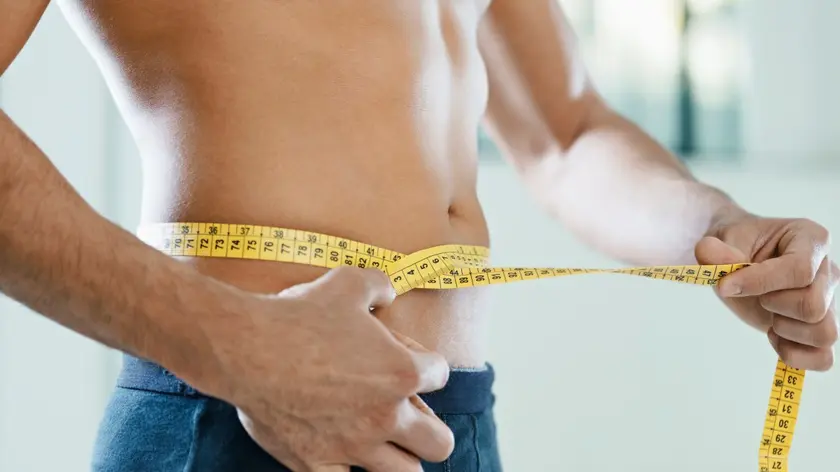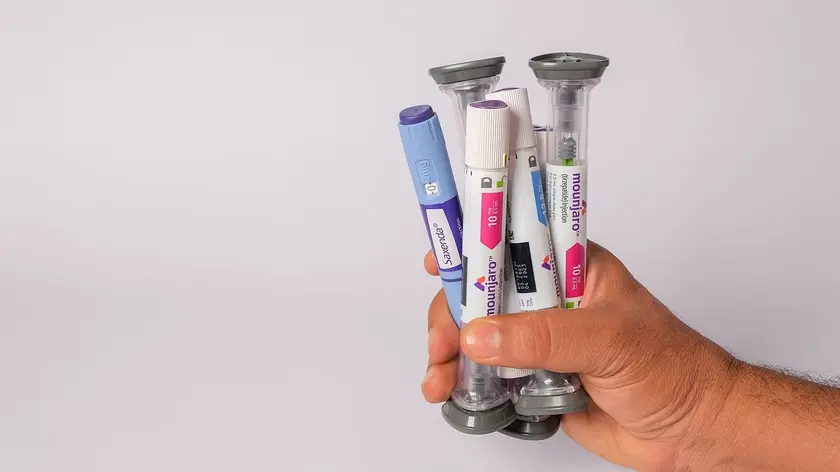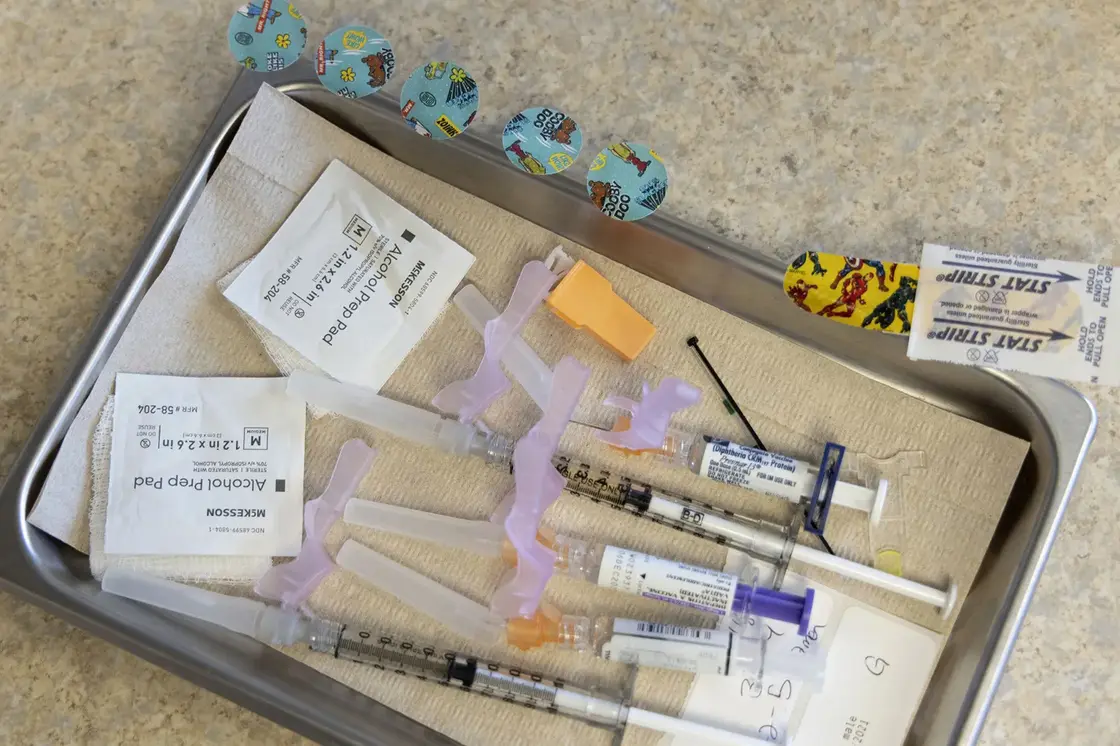T4K3.news
Dangerous fat pockets identified
Experts explain why stubborn fat pockets may signal health risks and how to reduce them safely.

Experts explain why stubborn fat pockets may signal health risks and how to reduce them safely.
Dangerous fat pockets and how to reduce them safely
The piece surveys common fat pockets such as belly fat, cankles, bingo wings, back fat and thigh fat, and explains why some fat is more risky. Visceral fat around the organs carries higher health risks than subcutaneous fat under the skin, with links to type 2 diabetes and heart disease. A simple waist to height ratio is offered as a screening tool, using a tape around the waist and dividing by height. Experts caution that hormone changes during perimenopause and menopause, plus stress, can shift fat distribution.
To reduce fat overall, the guidance focuses on sustainable changes: a calorie deficit, a balanced diet, and a mix of cardio and strength training. It notes that you cannot target fat in one spot and that lifestyle factors like sleep and gut health matter. The article flags lipoedema as a condition that may not respond to diet or exercise and advises medical assessment if swelling or bruising appears. When swelling is possible fluid retention it may signal circulation or heart or kidney issues, so persistent symptoms should be evaluated by a clinician.
Key Takeaways
"Visceral abdominal fat is concerning as it's linked with increased risk of conditions like type 2 diabetes, heart disease and certain cancers."
Expert warning on visceral fat risk
"There’s no outright cure, but gentle strategies such as anti-inflammatory diets, compression garments, lymphatic massage and low-impact exercise can help."
Medical guidance for lipoedema
"Anything that tastes sweet even zero calories tricks the brain into acting as if you’ve eaten and triggers an insulin response, worsening insulin resistance."
Dietary guidance to avoid insulin spikes
"Patience is key with lower body fat as this fat often shifts last."
Fat distribution and aging
The story mixes practical health tips with warnings that fat pockets can reflect deeper health issues. It highlights the challenge of diagnosing conditions like lipoedema and balancing hormone-driven fat distribution with aging. While the advice emphasizes whole-body fat loss, it risks amplifying body-image concerns if readers misread fat as a sole health problem. The piece shows how public health messaging must acknowledge natural variation in body types while clearly outlining real risks.
Highlights
- Fat pockets signal health risk under the surface
- You can’t spot reduce fat you need a whole body plan
- Lipoedema is a real condition needing medical care
- Patience matters because some fat shifts last
Health risk signals in fat pockets
The article links visceral fat, lipoedema and hormonal issues to potential health problems. It emphasizes medical assessment for unusual swelling and conditions. The content touches on sensitive topics around body image and health messaging, which could invite misinterpretation if not read carefully.
Healthy weight is a journey that respects body diversity and medical science.
Enjoyed this? Let your friends know!
Related News

New noninvasive tests for artery health

New research links fat distribution to health risks

Merseyside jails 66 criminals in July

Neck size linked to heart and diabetes risks

Healthy Diet and Exercise Cut Liver Death Risk

Military eating disorders risk to readiness

Pet obesity drugs face ethical scrutiny

Neurosurgeon warns of foods harming brain health
